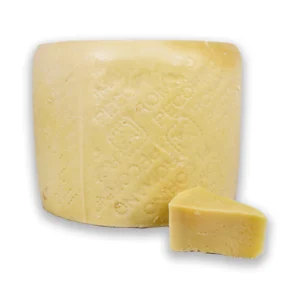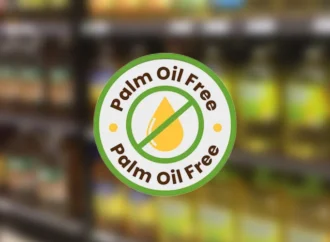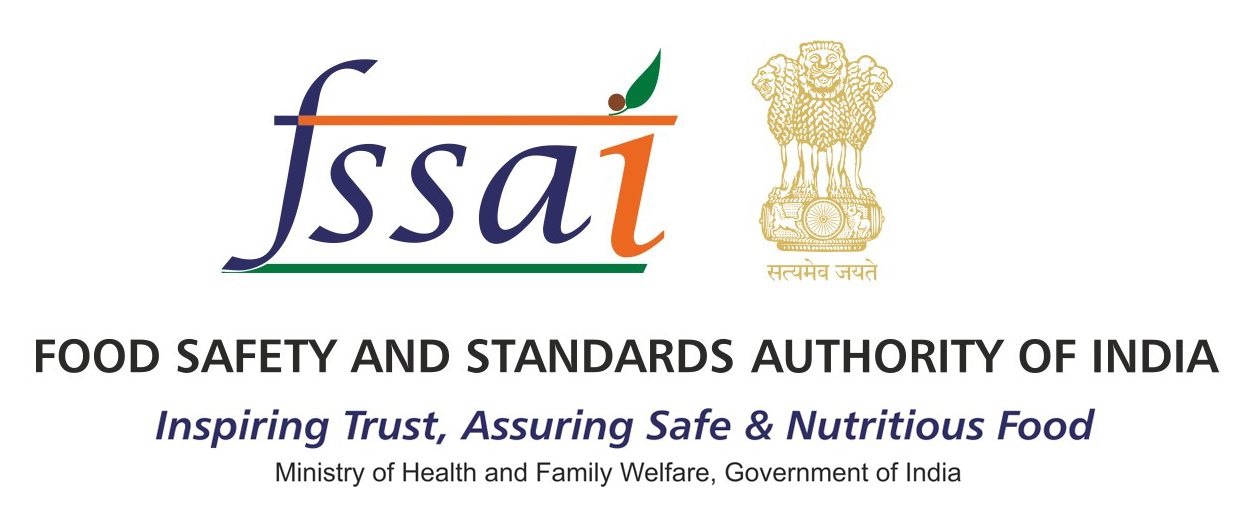Picking the right cheese can be a daunting task. How do you know which one is best for your needs with so many varieties to choose from? Here, we will discuss the different types of cheese and help you pick the right one for your next wine and cheese party!
Gouda

Gouda, a Dutch cheese named after the city of Gouda in the Netherlands, is made from cow’s milk. This semi-hard cheese is one of the most popular cheeses in the world. Aged Gouda has a very sharp taste with a caramel sweetness aftertaste. Younger Goudas has a milder flavour and are often used as a table cheese or on sandwiches. Since it has a softer texture than other hard cheeses, it is often preferred for cooking over harder cheeses like Cheddar and Parmesan. One common use of Gouda is to make Mac & Cheese. Because it melts so well, it has become a very popular substitute for Cheddar or Monterey Jack when making Macaroni and Cheese at home. It also makes an excellent grilled cheese sandwich paired with sliced tomatoes and brown mustard!
Cheddar

Some cheeses are great for melting; others are best served sliced or grated. Some cheeses will slice well but not melt; some melt well but not slice. The flavour and texture of cheese also vary with age. Cheddar is good, all-around cheese, making it a popular choice among consumers.
Cheddar is available in either yellow or white varieties, each referring to the natural colour of the cheese’s outside coating (rind). Similarly, flavours can be described as mild, sharp, or extra sharp depending on how long the cheese has been aged (the longer it ages, the sharper its flavour). In addition to being delicious and versatile enough for any occasion, Cheddar is an excellent source of calcium!
Parmesan

Pros: Low in fat, high in calcium, high in protein, high in vitamin A, high in vitamin B12, high in phosphorus, low carb.
Cons: High sodium, cholesterol, and saturated fat content.
Parmesan is a cheese with a higher fat content but is widely considered one of the healthier choices because it is low in carbohydrates(about 1 gram per ounce). One ounce of Parmesan contains 30 per cent of your recommended daily value (RDV) for calcium and nearly 25 per cent of your RDV for protein. The nutritional profile of this hard cheese also benefits from its relatively low moisture content, which increases its density and extends its shelf life.
Blue cheese

Blue cheeses are a category of cow’s milk, sheep’s milk, or goat’s milk cheeses that have Penicillium mould added to them for the characteristic spotted or veined markings in various colours. These Blue-veined cheeses are typically aged in caves (or as close to cave conditions as possible) to foster the growth of these moulds.
The taste of blue cheese varies considerably among varieties and increases in sharpness with age. The characteristic flavour of blue cheeses tends to be sharp and salty. Depending on the type and age, the smell can vary from extremely spicy to almost odourless.
Blue cheese is used both as an ingredient in cooking and served individually. It can be crumbled or melted and added to salad dressings and sauces for meat dishes such as steak tartare or hamburgers (notably sauce au bleu), stuffed into meats like pork tenderloin during roasting, and often included in cheese plates at restaurants.
Pecorino

Pecorino is a hard cheese made from sheep’s milk in Sardinia, Italy.
It has a slightly nutty and tangy flavour with a salty bite that makes it perfect for salads, pasta, or soup.
Pecorino is also a good source of calcium, vitamin B12, and protein, and is lactose-free!
Mozzarella

If you’ve ever made pizza or eaten at an Italian restaurant, you know that mozzarella is a soft cheese (it is gooey and melty when heated).
Mozzarella has two major properties that make it an ideal pizza topping: it melts quickly and disperses evenly over the surface of the dough. The same properties also make mozzarella useful for salads—it sticks to the other ingredients instead of running off to another part of your plate.
Mozzarella is also fantastic in sandwiches and on grilled pieces of bread; its texture and flavour are perfect for many dishes.
Monterey Jack

If you’re looking to cut down on your dairy intake or just want to experiment with new flavours, Monterey Jack is a good cheese to try. The flavour of this popular cheese can be adapted to suit any palate, from the most sensitive and delicate (mild) to the boldest and daring (sharp). It’s also a versatile choice for cooking—with its smooth texture and mild flavour profile; it melts well into basically any food.
This cheese is particularly popular among those with lactose intolerance. Because it’s so low in lactose, it is one of the few kinds of cheese that people who have trouble digesting dairy products can tolerate. Monterey Jack is made with pasteurized milk, reducing its natural lactose content. On top of that, the bacteria used in fermenting this cheese are very effective at breaking down complex sugars like lactose.
Brie

Fresh Brie cheese and a slice
Brie is a soft, creamy cheese that’s perfect for those who want to try something new but don’t like the tangy flavour of blue cheese.
Brie can be served as an appetizer or melted on top of a piece of bread—and it will always hit the spot.
Goat cheese

Chèvre or goat cheese, a soft, fresh cheese made from goat’s milk, undergoes a process similar to other cheeses. First, we curdle the milk using rennet and bacterial cultures. Next, we heat the mixture and allow it to cool before cutting it into small cubes and draining it.
As the whey continues to drain over several days, the cheese develops its signature white colour while becoming smoother and softer. Goat’s milk (from which chèvre is made) has distinct properties that result in a unique texture: It is naturally homogenized, unlike cow’s milk. Also, unlike other milk, it contains very low levels of butterfat—making it lower in fat than cow’s milk-based cheeses.
Conclusion
Substitute low-fat varieties for higher-fat ones when possible. For example, use skimmed milk ricotta instead of whole milk ricotta on your pasta dish and reduced-fat Cheddar instead of regular cheddar on your sandwich. You’ll save a few hundred calories per day, plus reduce saturated fat—and lose none of the flavour or texture that makes cheese so appealing.
 Food Manifest
Food Manifest 














Leave a Comment
Your email address will not be published. Required fields are marked with *